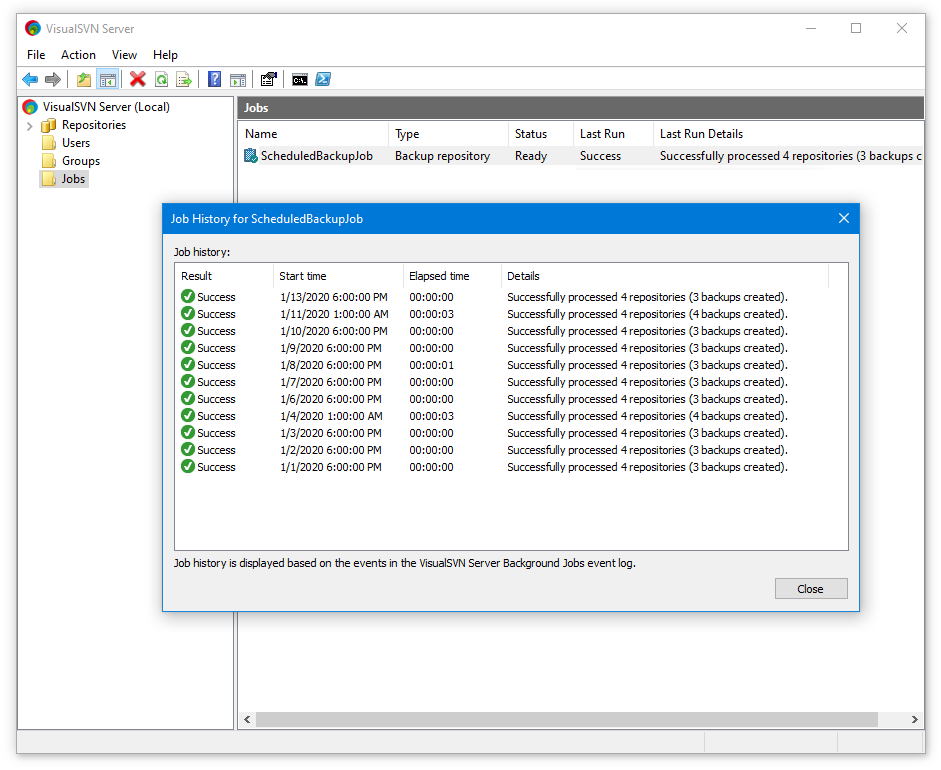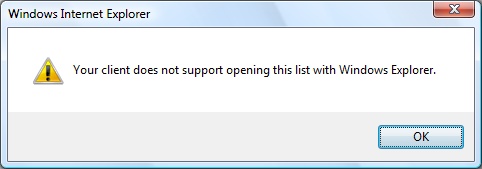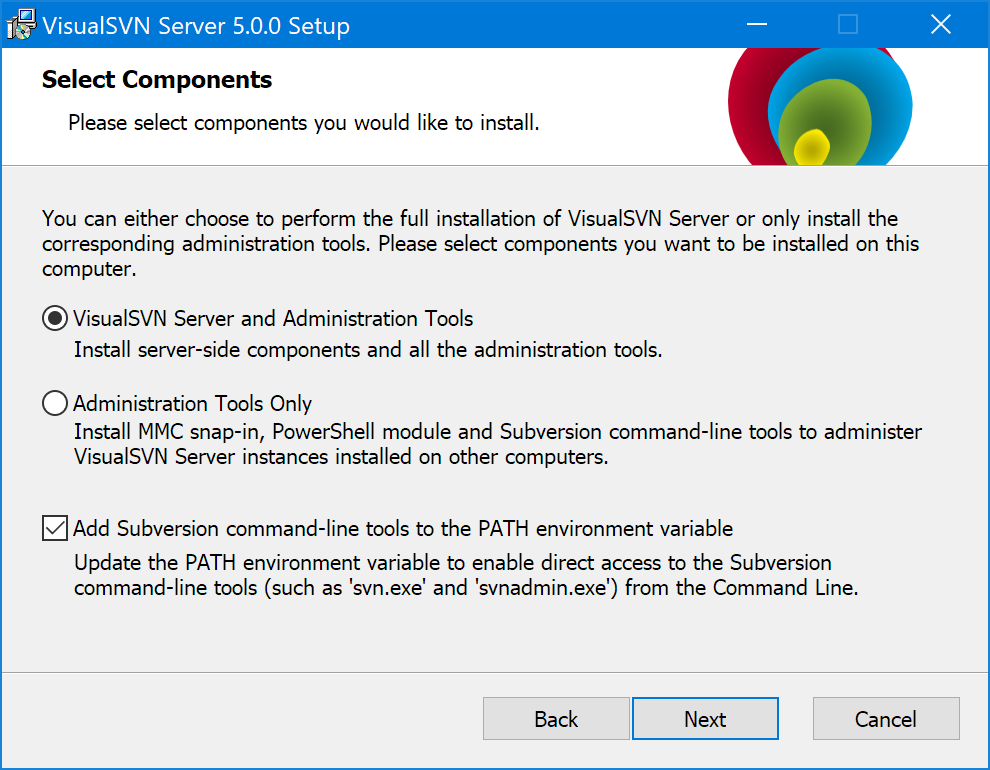
The only thing I had to change really was the port since I am already running IIS 7 on the box, so I switched Apache to run on 8080. So VisualSvnServer configures the server for use with Subversion - once you've installed all you have to do is create repositories and off you go and you're ready to serve your Subversion repository over HTTP. Apache configuration is not something I'm very familiar with and every time I do I spend a bit of time fixing some minor setting that I just can't seem to find. That's certainly one headache I DIDN'T want to deal with and VisualSVN makes this part dead easy. Installation and configuration is dead simple and the installer pretty much handles setting up Subversion and Apache to enable HTTP access. One of the distros is VisualSvn Server and since I already use VisualSVN and like it I decided to give it shot.
#Visualsvn web interface install
Since I last did a server install of Subversion things have changed a bit and it looks like you have to pretty much install some third party distro if you don't want to compile the code yourself. Previously I'd been using the built-in SVN service and that's been working Ok, but I've been meaning to open my work repository to allow linking to code more easily and to allow people easier access to some of the code I've published or talked about in Blog posts. When I moved to my new server about a month ago, I decided that I should also move my Subversion Source Control Repository over to HTTP now finally that I have a box that has a bit more resources to spare. I wrote up steps for getting a Subversion repository going last year and in there I talked about setting up Subversion and creating repositories using the built-in TCP/IP based server and configuring the server with TortoiseSVN. But it will give you local revision history so you can undo changes to any document.I've been using Subversion for source control for a couple years now and I'm not looking back to SCC style source control in Visual Studio. Just be sure you're backing up your hard drive, since this isn't a substitute for backing up your disk. Note that you can use this to version any files! If you want to version your word documents or graphic files you're editing or anything you like, this will let you do it. Your code is now in a local copy of subversion.
#Visualsvn web interface windows
Now right click on the folder in Windows Explorer and SVN Commit. svn folder from the working folder and then go through the process, stating that you'll set the working folder manually. If you don't see that option on the solution, you'll want to delete the. Open the solution in Visual Studio, and then assuming you have VisualSVN client installed, you should be able to right click on the solution and select Add to Subversion. If you're moving an existing project into this working folder and you want to add it to source control, you're best off using VisualSVN from within Visual Studio to do so.

And oh by the way this also just installed Apache Server, so if you've ever wanted to do that but weren't sure how difficult it would be – you just did it. Once this is done, you can also see at any time how the folder is mapped to its subversion location by looking at the folder's properties.Īt this point you're ready to create your initial sub folders and work on your project.


If you want to set up a working folder on your local machine to point to this, go to a folder (like C:working) and assuming you already have TortoiseSVN installed, right click and select in the folder and select SVN Checkout:

Be sure to check the box to set up the default structure.Īt this point, the server end of things is done. Once a user is created, the next step is to create a repository. Go back to the main screen and right click on Users, Create User. Assuming these settings are fine, the next step is to create a user. These are basically the same settings you had available from the installer. Next, right click on VisualSVN Server and select Properties: Running the visual server window yields this opening screen: Running the setup is just a matter of hitting Next three times – it's very simple. Wrapping up HeadSpring's Agile Boot Camp class this week, we're installing VisualSVN Server locally.


 0 kommentar(er)
0 kommentar(er)
